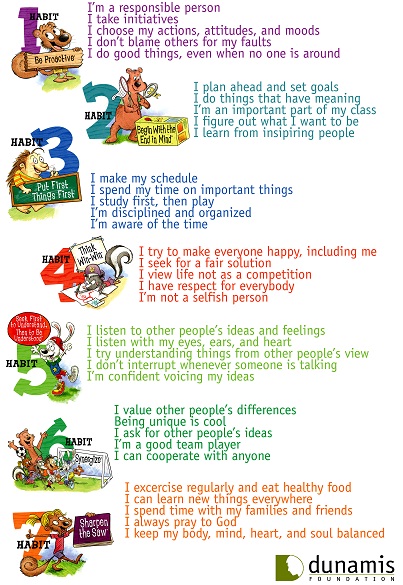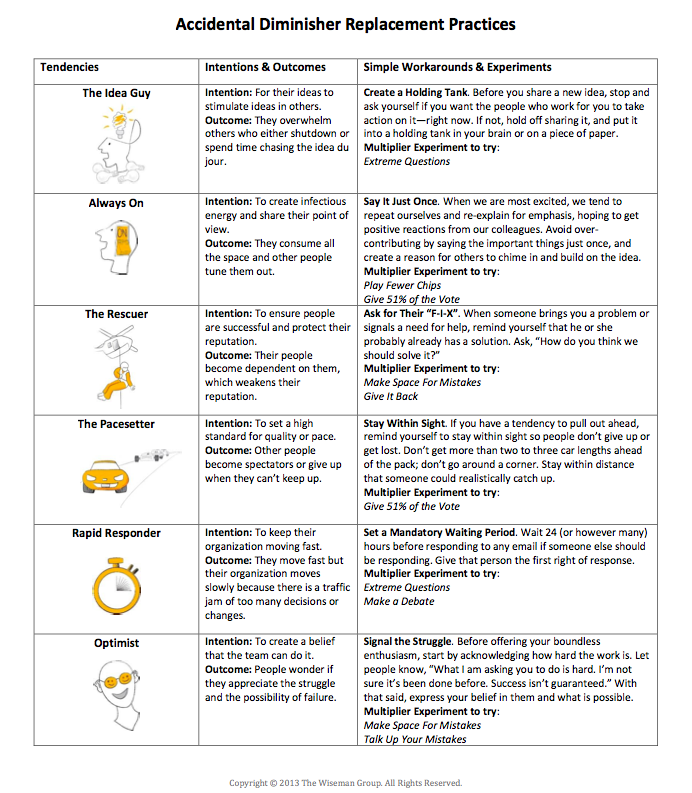Ok, I'm sure we've all been through it: the three year old who still cant always get her clothes on the right way. Seriously, I get it's a matter of time, but something is seriously lacking in the mental awareness, my little one. At least when it comes to underwear.
It's one thing to get shoes mixed up if you can't feel a difference of left versus right. But little girls underwear? There is obviously a small front and a bigger back. And when that small front in in the back...one word: plumber-bum! I'm sure that doesn't feel good.
So the other day I noticed her underwear backwards and asked her, "how does your underwear feel?" and she said "a little uncomfortable." So I told her to look down and the front. And she noticed there was no picture...which she knew meant it was on backwards. Aha moment for her!
Is it just total ignorance on behalf of my little girl? OR
Did I, as her mother, need to take time to instruct more thoroughly (to go beyond the instruction/word phase of "this is the front"--beyond the principle--to point out observations.
Sometimes in the frantic pace of life we all forget to check which way our underwear is turned...in theory at least. All all too often our awareness is lacking. At these times we need a guide to further instruct us by a gentle question, such as..."how does it feel?"
Sometimes we all need aha moments. Those precious moments of increased awareness allow us to choose to observe and then act/change. And often times those moments come when we have problems and things don't "feel right," or sometimes even when we come across new information, or valuable resources that cause us to stop and take a look at something more closely.
Life problems that arise, or unexpected changes that come, can be important aha moments-- opportunities for "tweaking" something that needs to be corrected.
So, back to the kids...
When underwear is on the right way, we can both see it's turned correctly and we can also feel comfy. But if we only teach our kids one part and ignore the other, then they don't become real problem solvers needed to really grasp truth and try it for themselves. They need to understand how they see and recognize truth. And a big part of that may be how they are introduced to new learning opportunities and experiences.
Two important parts to learning:
1. Facts and Knowledge
Bits and pieces that enter the mind.
2. Awareness/Feeling (of truth, light, peace--the Spiritual witness/Personal revelation)
Observations and feelings about things that enter the mind.
Does something feel right? Does it feel true? Is there goodness here? Light? Or does it feel uncomfortable, heavy, wrong or dark?
Yea, behold, I will tell you in your mind and in your heart, by the Holy Ghost, which shall come upon you and which shall dwell in your heart.
This is the spirit of Revelation. --D&C 8:2-3
I was chatting with some friends about how great it is to be able to be with our kids when they are first introduced to certain concepts or experiences. What a fun time to help our kids learn to navigate through certain things. But even more important...what a great opportunity to really value those times of "new introductions" as
a chance to focus on the question: "how do you feel about that?" To really get a chance to have good discussions and spiritual depth to our learning and conversations---thus allowing learning to go more deeply and internally into our children in ways that strengthen and grow their testimonies of light, truth and the power of learning by the spirit.
Beauty
This is beauty! Beauty allows for the feeling of truth--a depth to learning that brings a love and passion for it and allows it to really live deeply in both heart and mind--therefore lasting memory.
Beauty is often seen and felt without words and instructions. As we surround our children by things of real, lasting beauty, we allow them the experience of feeling beauty and knowing it (regardless of knowing it intellectually). Then when children are ready for the intellectual details, they get them even more powerfully because they've already felt it and lived amid it!
Classics
Take for instance a child surrounded by classics: music, poetry, literature, art, etc. When they grow up, they will feel so use to that climate. They will feel at home with the classical melodies, poetic rhythm of words, even difficult words, and beautiful art. They will feel their beauty and goodness and not expect less, because they were surrounded by greatness.
Nature
Taken a step further: Surround a child in nature and allow them to feel the beauty of the earth and it's mysteries. They learn to become aware and develop observation and gratitude for it. They love it and remember it and soon feel the drive to learn more about they beauty they've received so fully.
The Home (as Heaven on Earth)
Taken even one step further: a home of love and peace where Christlike attributes of love, patience, faith, gentleness and gratitude abound...and there will be a haven of safety and security. Now...this is ideal. And I'd love a perfect, peace-filled home always. But I know there are frustrations--and it isn't 100% all the time. And yet, I still seek my ideal. Knowing when I fall short, that it's ok as long as I keep turning to the savior to ask for help and personal revelation on ways I can better provide that atmosphere in my home. He wants what's best for us and can help properly instruct us in the details and the feelings needed to get that result. It's up to our awareness of what contributes to that ideal and what takes away from it that needs our utmost attention and priority. Once that is set, it's easier to keep course-correcting as we go.
----
So much for a short parable about underwear!
But...I like to feel comfortable and not have worries that my underwear is on backwards. So stop and take a moment to check yours--by sight and feel--before you proceed. :P

























